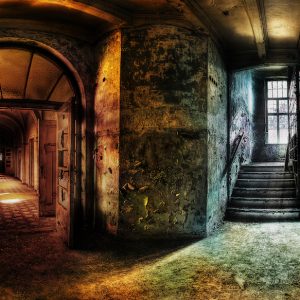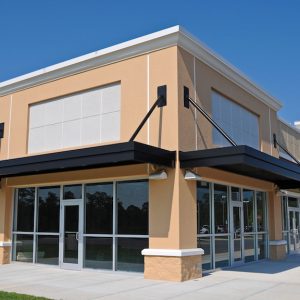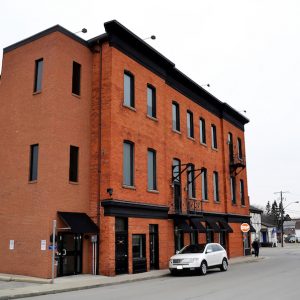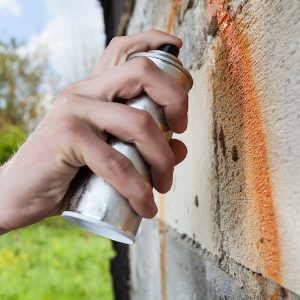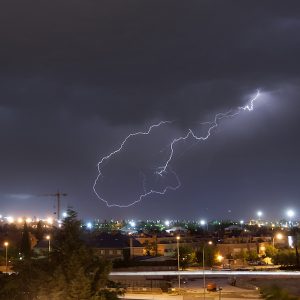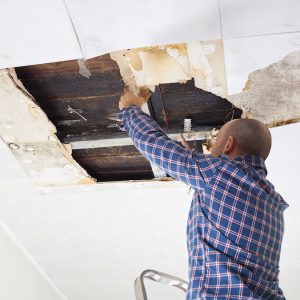3 reasons building maintenance will help you profit
There are a lot of things to consider when you’re trying to improve your bottom line. Maintaining your building is one of those considerations, and it’s important to your budget for a lot of reasons. Here are just a few of the ways that poor building maintenance can impact your pocketbook. An unattractive building can…
Read MoreCommon causes of discolored masonry
Remember the scary old house in movies? It usually had overgrown vegetation and a worn, moldy look. The house was meant to convey an element of apprehension to the viewer. In real life, though, the same holds true for our business’ buildings. A neatly maintained exterior with easy parking is a welcoming sign to visiting…
Read MoreWhy anti-graffiti coating will improve your neighborhood
For many, seeing graffiti in a neighborhood is a signal of social chaos and even possibly gang-related activity. Whether or not that’s the case in your neighborhood, graffiti tends to scare potential customers away. This form of vandalism not only has a monetary cost to the property owners directly impacted, but to the entire community.…
Read MoreUnderstanding EIFS repair for commercial buildings
Many types of coatings exist for commercial buildings. One popular option is EIFS, or Exterior Insulation and Finish System. EIFS became popular in the 1960s with the increased interest in building energy efficiency. This system gives exterior walls a water-resistant, insulated finished surface. Because it is low-maintenance, and provides energy efficiency, EIFS is a great…
Read MoreThe best time for tuckpointing
Weather in the central plains is harsh. Over time, fluctuating between extremely hot and extremely cold temperatures can create wear on your building’s masonry. While brick and stone can last 100 years or more depending on exterior conditions, the mortar of your commercial building starts deteriorating at 20 to 30 years. It is essential that…
Read MoreRestoring the past: Maintaining historic brick buildings
Historic brick buildings are an iconic symbol of our enduring past. From east coast to west, owners of these buildings work diligently to maintain them. But how do you know if your historic brick building needs restoration to maintain its beauty and functionality? Look for these three signs. Spalling Spalling is deterioration of the brick…
Read MoreProtect your building from graffiti
Nobody likes having their property defaced. Graffiti is unattractive, and leaving it on your walls may make your customers feel like you don’t care about the impression your company is making. Billions of dollars are spent every year to remove graffiti from buildings. Many building owners have turned to anti-graffiti coatings to prevent graffiti from…
Read MoreHail damage: It’s not just a cosmetic issue
With the stormy months rolling in, people will start worrying about hail damage once more. It wrecks car windows and roofs. But for commercial buildings, hail can cause a significant amount of damage that you may not see until it’s too late. In this post, we’ll talk about how hail damage can result in even…
Read MoreFour signs of water damage in your commercial building
Our work restoring buildings means that we see a lot of the effects of water damage—sometimes well after the water damage has already occurred. When water infiltrates your masonry, time is of the essence. The longer a leak lasts, the more damage it does. If you see any of these signs of a leak, you…
Read MoreTuckpointing FAQs
No masonry structure can last forever without regular maintenance. Tuckpointing commercial buildings is one of the projects we do most frequently. We get a lot of questions about this job, so we wrote this post to give you the answers to some of the most common ones. Why is tuckpointing important? While the masonry of…
Read More

